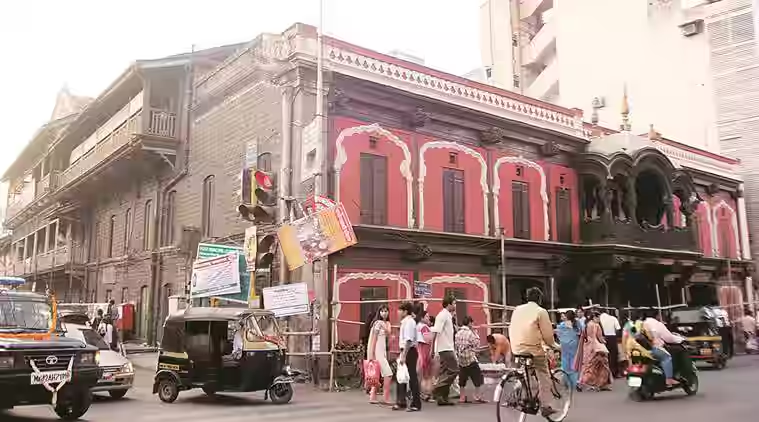Sadashiv Peth is one of Pune’s oldest and most culturally significant neighborhoods, offering a glimpse into the city’s rich Maratha heritage and historical evolution. Established during the Peshwa era in the 18th century, this area continues to serve as a hub of traditional Marathi culture, blending the legacy of the past with modern urban life.
Origins and Historical Background
Sadashiv Peth was founded during the reign of Balaji Bajirao, also known as Nana Saheb Peshwa, around the mid-1700s. This Peth, or locality, was originally part of a broader effort by the Peshwas to expand Pune as the administrative and cultural center of the Maratha Empire. The Peth was named after Sadashiv Ramchandra, a prominent military general in the Peshwa’s court, reflecting the Marathas’ practice of naming urban areas after influential leaders and warriors.
The Peth’s proximity to Shaniwar Wada, the seat of the Peshwa rulers, meant that it became a preferred residential area for the nobility, including Brahmins and other influential families. Over the decades, Sadashiv Peth evolved into a well-organized community characterized by its traditional “wadas” (large, courtyard-style houses) that housed multiple generations of families.
Architectural and Cultural Significance
Sadashiv Peth is an architecturally rich area, boasting a number of historic wadas that have stood the test of time. These structures are symbols of the Maratha and later British colonial periods. The wadas, with their wooden beams, expansive courtyards, and intricately carved entrances, offer a look into how the affluent families of Pune lived centuries ago. Though many of the original wadas have been replaced by modern buildings, several are still preserved as heritage sites, reflecting the neighborhood’s connection to its historical roots.
The area also hosts a number of temples, which add to its cultural significance. The famous Tambdi Jogeshwari Temple, dedicated to the goddess Jogeshwari, is one of Pune’s oldest temples and is closely associated with the establishment of Sadashiv Peth. Additionally, several educational institutions, including New English School and S.P. College, have emerged from this neighborhood, reinforcing its intellectual heritage.
Social and Political Significance
During India’s struggle for independence, Sadashiv Peth became a stronghold of socio-political activism. Many freedom fighters and nationalist leaders, including Bal Gangadhar Tilak, were associated with the area. The newspapers and movements initiated from here contributed significantly to the national discourse against British colonial rule.
In the post-independence era, Sadashiv Peth retained its importance as a center for political and intellectual activity. The rise of prominent Marathi theater also owes much to the artists and writers from this locality. The Peth continues to be a melting pot for the city’s intellectuals, many of whom live in or have roots in this culturally vibrant part of Pune.
Modern Day Sadashiv Peth
Today, Sadashiv Peth is a blend of old and new. While parts of it have been modernized, with new residential complexes and commercial spaces emerging, the area has not lost its historical charm. The narrow lanes, bustling markets, and small eateries continue to thrive, drawing both locals and visitors who seek a taste of traditional Pune.
Sadashiv Peth’s markets are particularly well-known for offering traditional Maharashtrian goods, from religious items to the region’s famous snacks such as “bakarwadi” and “puran poli.” The area has also maintained a reputation for being one of Pune’s best spots for classical music and literature, regularly hosting events and gatherings that celebrate Marathi culture.
Conclusion
Sadashiv Peth stands as a living testament to Pune’s illustrious history. Its deep-rooted connections to the Maratha empire, its role in India’s independence movement, and its continued influence on the city’s cultural and intellectual landscape make it one of the most important neighborhoods in Pune. Visitors and locals alike are constantly reminded of its significance, not just as a historical landmark, but as a vibrant part of Pune’s ongoing story.






